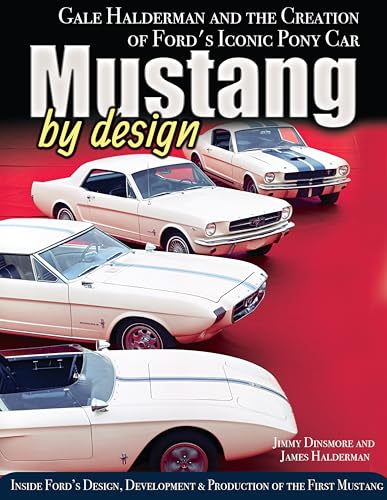- Joined
- May 30, 2018
- Messages
- 203
- Reaction score
- 216
- Location
- Stevensville, MI
- My Car
- 1973 Convertible Q code Ivy Glow Auto C6
This week I discovered this non-factory electrical component mounted under the ignition coil of my 1973 351C Q-code. I've had this car for 20+ years and never noticed it before. I'm totally stumped what it's supposed to do and even if it's needed. For background, I've removed my entire HVAC system and in the process of replacing it with a new Classic Auto Air system. So my project is doing a lot of additional "clean up" & "upgrades" in the engine bay before I get to installing the new system. I'm discovering all kinds of challenges with the vacuum lines being misrouted or plugged off, and emissions system components that don't seem to match any of the emissions calibrations in our manuals. But that's another issue.
For this Mystery electrical component, there are no identifying markings whatsoever on the black box. It has four (4) wires coming out of it, and the mounting plate looks to be "copper-like" assuming it serves as a grounding point.
1-Red wire was connected to the battery terminal side of the starter solenoid
2-Black wire with a female spade connector on the end but not attached to anything. It was taped over to provide insulation I'm assuming
3-Black wire with a male spade connector, also not connected to anything and taped over
4-White wire that is spliced into the Throttle Position/Anti-Dieseling solenoid wire (#640, Red w/Yellow Hash) near connector 401.
I've tried to lay this thing out on a yellow towel to help show an overview. The reason it's not out of the car is because of the white wire splice and I'm hesitant to cut it before I understand it.
The other pictures show different views of this mystery black "box", where it was mounted and the splice into the emissions system wire.
If any of you have ever seen something like this, I'd sure appreciate your ideas.
One other discovery that might be related to this, I also just found, is a degraded #37 Yellow wire with the 14GA fusible link that is connected to the battery side post on the starter solenoid. For the 20 years I've had this car, this cable has been taped over with 'yellow' tape. I took the tape off, and found severely burned insulation shown in the picture. At some past time this was obviously overloaded/shorted? I'm getting a new fusible link wire to repair this, but wondering if there is some relationship to this mystery component.
Thanks for taking a look at my project, and sharing any ideas you might have...
Bob
For this Mystery electrical component, there are no identifying markings whatsoever on the black box. It has four (4) wires coming out of it, and the mounting plate looks to be "copper-like" assuming it serves as a grounding point.
1-Red wire was connected to the battery terminal side of the starter solenoid
2-Black wire with a female spade connector on the end but not attached to anything. It was taped over to provide insulation I'm assuming
3-Black wire with a male spade connector, also not connected to anything and taped over
4-White wire that is spliced into the Throttle Position/Anti-Dieseling solenoid wire (#640, Red w/Yellow Hash) near connector 401.
I've tried to lay this thing out on a yellow towel to help show an overview. The reason it's not out of the car is because of the white wire splice and I'm hesitant to cut it before I understand it.
The other pictures show different views of this mystery black "box", where it was mounted and the splice into the emissions system wire.
If any of you have ever seen something like this, I'd sure appreciate your ideas.
One other discovery that might be related to this, I also just found, is a degraded #37 Yellow wire with the 14GA fusible link that is connected to the battery side post on the starter solenoid. For the 20 years I've had this car, this cable has been taped over with 'yellow' tape. I took the tape off, and found severely burned insulation shown in the picture. At some past time this was obviously overloaded/shorted? I'm getting a new fusible link wire to repair this, but wondering if there is some relationship to this mystery component.
Thanks for taking a look at my project, and sharing any ideas you might have...
Bob




























































